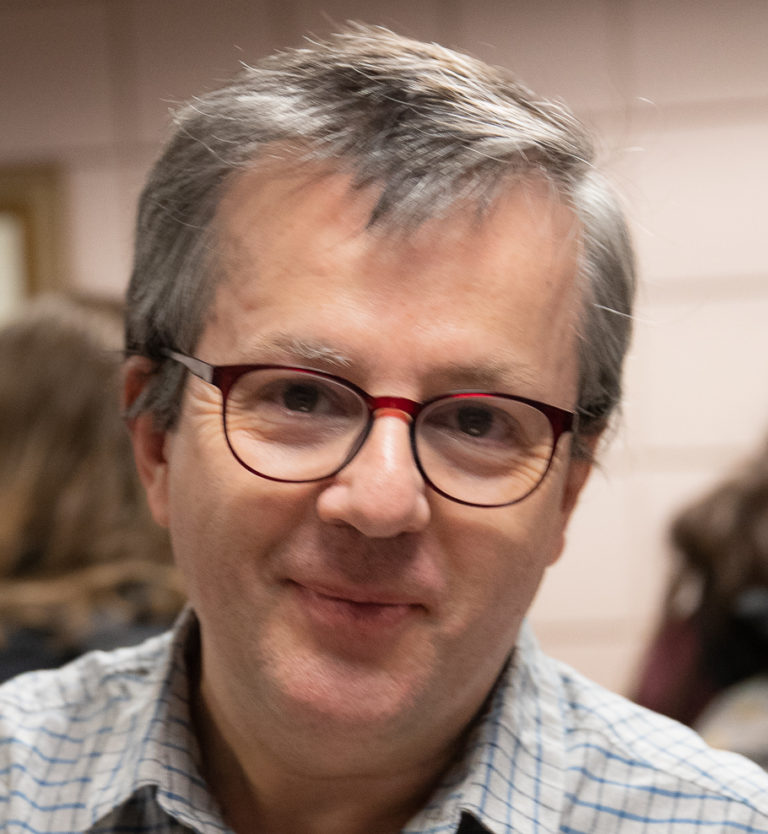Adjunct Faculty, First Year Languages Program
Oriol Casañas has 28 years of experience as a Spanish lecturer and instructor at the university & high school levels. Mr. Casañas has an M.A. in Spanish from the University of Colorado at Denver. He has 19 years of experience teaching online classes (University of Northern Colorado, Metropolitan State University in Denver, Community College of Denver, Front Range Community College & University College at the University of Denver) and developing OER materials for first & second semester Spanish.
Describe a change to your general teaching practice as a result of the pandemic that worked well or better than expected.
I have been using technology for a very long time and I also teach online classes elsewhere. For this reason, I quickly adapted to remote teaching, but I was aware that for students, on the other end of the Zoom call, this was not what they had planned as an ideal learning environment. Nevertheless, I heard comments from my students who could not wait to the time our class meets because my class was the most entertaining to them. Although students did not have chances of meeting face to face for our class in campus, they usually felt a connection to their classmates because of their constant interactions during class time (for example with very short Zoom Break Out Room sessions and with the opportunity for them to move freely from Break Out Room to Break Out Room – hint: I made all of them “co-hosts”). They were engaged all the time. This was probably the biggest challenge and at the same time it was what ended working very well in spite of the lack of the face-to-face environment.
Describe a change to classroom activities or assignments that worked well or better than expected.
Teaching remotely made my quarter feel more cohesively. Our activities focused entirely on the purpose of using the language, for instance avoiding grammar lectures, and what was practiced on the class before served as the starter for the next class or for the next assignment. It gave me an opportunity to excel in producing sequences of activities that, either synchronously or asynchronously, were valued by all students since all that we did was part of a structure. In other words, students knew why we were doing what we were doing, while learning with practice how we were doing it. Publishing everything ahead of time on Canvas allowed for their self-coordination/preparation with the subject and students were not expecting a lecture in the traditional sense that could have happened had the class been face to face.
What change/s have you made to your teaching practice during the last year that you anticipate continuing beyond the pandemic?
Although I love my own way of conducting face-to-face classes, I also have learned a lot from ideas shared by all colleagues on the First Year Language Program during the pandemic. Some were tech savvy colleagues and others were not, but I learned that the simplest activities are the most effective ones. An idea can be simple and require very little effort to prepare, or an idea can also be simple and require lots of preparation, but the goal is that students get clear instructions. One example of “clarity” would be to understand from the beginning the rules to play a game, so that they enjoy the class while learning and in turn they are engaged to a healthy and fun competition.



